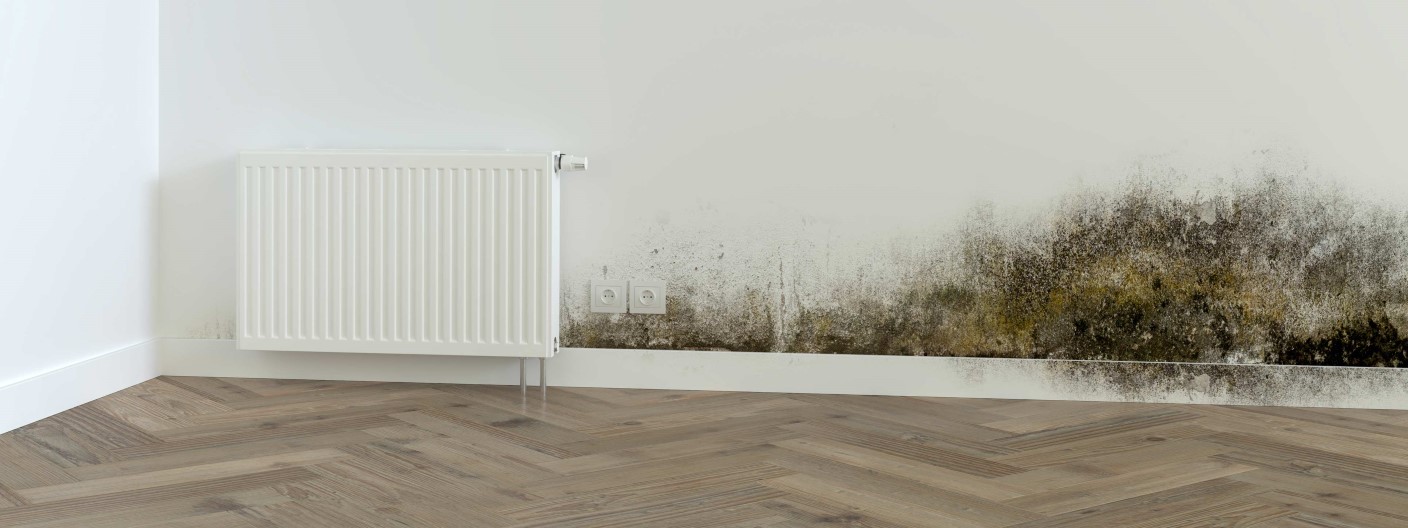Are building-related health issues making an unwanted comeback?

We take a look into the concept of a sick building syndrome, how this has come about and are we facing this again today? The 1980's were heady times with so many good changes. One thing that wasn't changing for the best however, was the health of our buildings — and it's during this time that the phrase sick building syndrome was first coined.
No specific illness can be identified
Sick building syndrome (SBS) was defined then as situations whereby building occupants experience acute health and comfort effects that appear to be linked to time spent in a building, but no specific illness or cause can be identified.
A 1984 World Health Organization report suggested up to 30% of new and remodelled buildings worldwide may be subject of complaints related to poor indoor air quality. Sick building causes are frequently pinned down to flaws in the heating, ventilation, and air conditioning (HVAC) systems.
After this recognition that it could be our buildings making us sick, there was an improvement in building construction with more thought put into ventilation. However this push in the 1980's did not fully stamp out the problem, which brings us to ask the question have sick buildings made an unwanted comeback
Insulate and airtight
Often the focus is to make buildings so well insulated and airtight that the ventilation system to keep the air fresh inside is the last thing to be installed.
Historically, in a naturally ventilated residential building fresh air is secured by either openings next to the windows or cracks through old windows frames or even infiltration through walls. Often is the case that the openings next to the windows might be covered up by occupants as they can cause draught problems, or they might be inefficiently maintained thus no longer providing enough fresh air coming into the rooms.
The current trend is to have your house well insulated and have nice new windows and to get a lower bill for heating your house. After making a residential building insulated and airtight during the refurbishment process, the natural ventilated building no longer provides its occupant with enough fresh air. And occupants ask what happened and where is the problem?
New residential buildings are built as energy-efficient and airtight as possible, no cheap task to achieve. Often if the construction or renovation is more than expected it can be the ventilation system which is installed last, that can be compromised on and quality reduced in order to bring the cost back into line.
Where is the ventilation
A compromise in quality ventilation can result in people living in renovated or new buildings experiencing mould problems, condensation on windows, and feeling of stale air, and many more problems. The occupier might not know what the problem is or how to handle it. Of course, the first step is the local treatment of mould spots or wiping the condensation down from a window frame, or opening a window for five minutes to exchange the air. But this is only a temporary solution as the mould and dampness will continue to return.
The same problems can be seen in commercial buildings such schools. In renovated schools with newly insulated walls and new windows, the school may get a lower energy bill but the pupils start to get problems with concentration and tiredness, and so on, as indoor air quality is very bad without a proper ventilation system.
Focus on health
Although for many of us the eighties was a great time — we don't need to go back there! It's time again to refocus our attentions to the health of our buildings and avoid the problems which should stay in the past. Find out more about 'Building-related symptoms and issues'.




